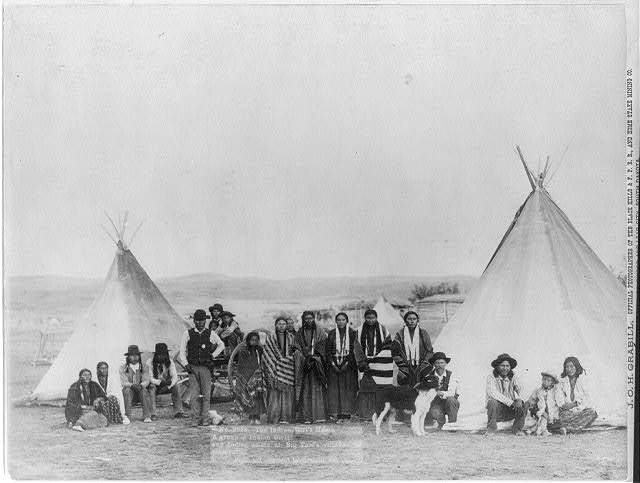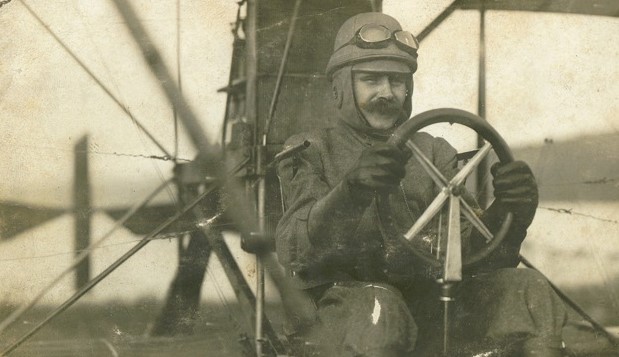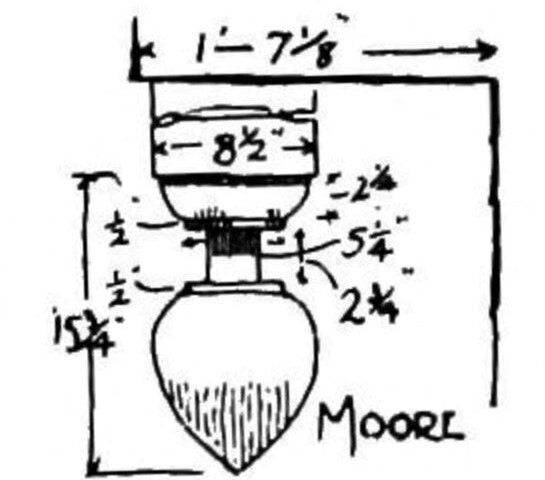Though the idea of setting aside a day to honor the “First Americans” was set in 1915, it wasn’t until 1990 that an entire month, the month of November, was designated as Native American month. Read more about its beginnings here: https://nativeamericanheritagemonth.gov/about/ In honor of the month, Legacy Roots has gathered a few website links to get you started on researching the genealogy of your indigenuos roots.
Bureau of Indian Affairs https://www.indian-affairs.org/researching-your-ancestry.html This site includes topics – Purpose of Tribal Citizenship; Sources of Information including DNA studies and what it will give you; Contacting tribes directly; Sources of Contact; How to begin your search; and additional resources.
Family Search https://www.familysearch.org/en/wiki/Indigenous_Peoples_of_the_United_States_Genealogy This link is an excellent resource for online free documents. Links are separated by locality (by state), by reservation, by Bureau of Indian Affairs, and by tribe. It also provides a list of what organizations keep records, along with additional resources.
National Indian Law Library https://narf.org/nill/resources/roots.htmlThe National Indian Law Library provides not only sites to get started, but resources specific to tribal research, books and articles as well.
U.S. Department of the Interior Indian Affairs https://www.bia.gov/guide/tracing-american-indian-and-alaska-native-aian-ancestry As with most sites, this one provides information on how to get started. In addition, it includes a link to a Tribal Leaders Directory, Federal Level (NARA), and National Indian Child Welfare Association, with several links specific to Cherokee tribes.
U.S. Department of Labor https://www.doi.gov/tribes/trace-ancestry This site provides general information on the purpose and benefits of enrolling into federally recognized tribes, the services, and details on how to do that.
Mid-America All-Indian Museum https://www.theindiancenter.org/Pages/Genealogy.aspx
Access Genealogy https://accessgenealogy.com/native-american This is a favorite of Legacy Roots when searching for Native American genealogy which includes direct links to each tribe’s NARA sources along with the history of some of the tribes. Links specific to this site include – Handbook of American Indians North of Mexico; The Indian Tribes of North America; Free US Indian Census Rolls 1885-1940; Indian Treaties Acts and Agreements; History of the Indian Tribes of North America; Indian Schools, Seminaries, and Asylums; 1817 Cherokee Reservation Roll; 1880 Cherokee Census; 1924 Baker Roll; 1954 Proposed Ute Rolls; Armstrong Rolls; Dawes Commission Case Files; Drennen Rolls; Final Rolls Index; Guion Miller Roll; Kern Clifton Rolls; McKennon Roll; Old Settler Roll; Wallace Roll; 1859 List of Munsee from Leavenworth County Kansas; Index to Testimony of Mississippi Choctaw Applications; A Guide to Tracing American Indian Ancestry; Traditions and Legends along the Saco; 2019 Federally Recognized Tribes; A Guide to Tracing American Indian & Alaska Native Ancestry; Washington, Applications for Enrollment and Adoption of Washington Indians, 1911-1919; and, Pah-Ute cremation.
Indigenous American DNA https://support.ancestry.com/s/article/Indigenous-Americas-Region?language=en_US If you are wondering what your DNA tells you about whether you are Native American, can claim tribal citizenship, or whether Indigenous American DNA can be a legitimate claim to citizenship in a tribe, this page provides helpful answers.
Library of Congress Native Americans: Resources in Local History and Genealogy https://guides.loc.gov/native-americans Beyond the typical introduction about Native American genealogy research, this site provides links to the Baker Roll, 1924-1929: Eastern Band of Cherokee; Dawes Records of the Five Civilized Tribes: Cherokee, Chickasaw, Choctaw, Creek, and Seminole Tribes in Oklahoma; Guion Miller Roll, 1906-1911: “Eastern Cherokee Court of Claims”; Indian Census Rolls, 1885-1940; Kern-Clifton Roll of Cherokee Freedmen (1897); Roblin Rolls of Non-Reservation Indians in Western Washington; and, Wallace Rolls of Cherokee Freemen in Indian Territory, Ca. 1890-Ca. 1896. There is also a list of related books on the history of Native Americans; print resources include books, genealogy handbooks, journals, manuscripts, maps, and newspapers. Not all the print resources are viewable. For instance, only some of the newspapers are viewable and the years are limited. Digital collections encompass both audio and visual.
Photograph: Grabill, John C. H, photographer (1890) The Indian Girl’s Home. A group of Indian girls and Indian police at Big Foot’s village on reservation. Photograph. Retrieved from the Library of Congress, <www.loc.gov/item/99613810/>.



